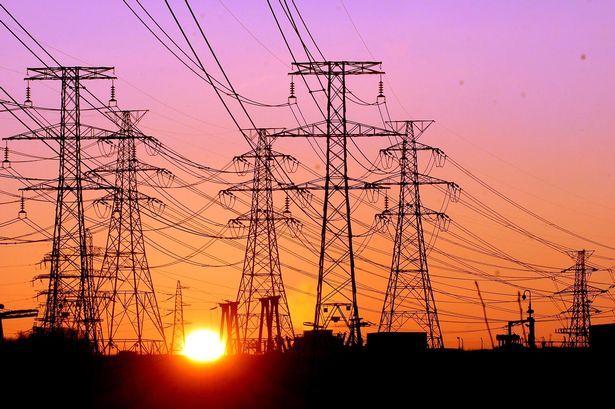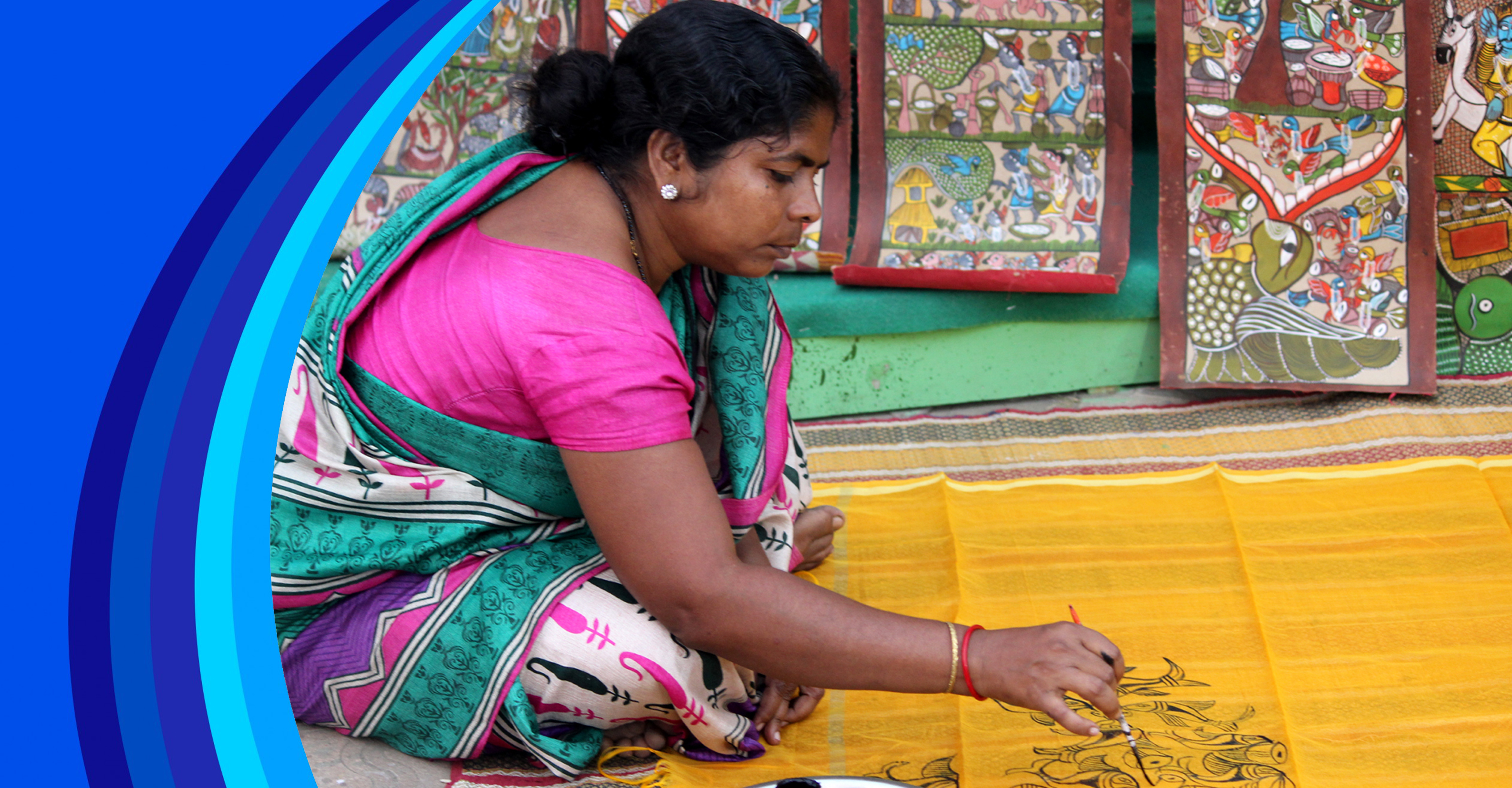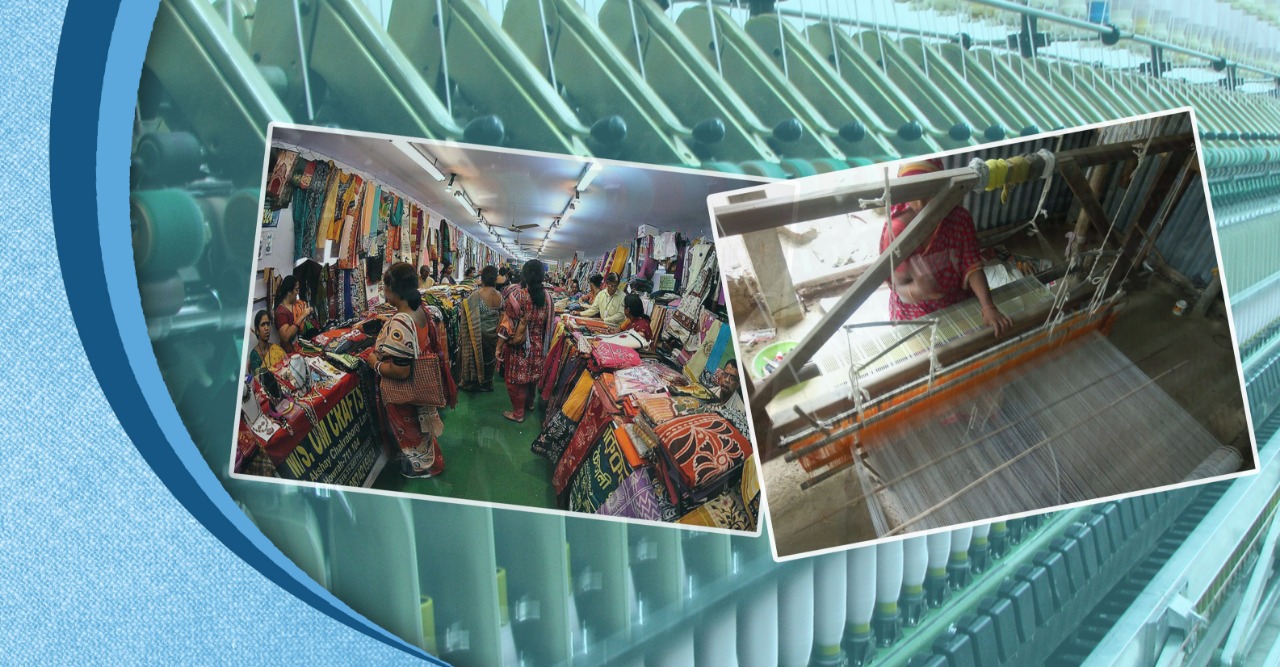The Bangla Government is planning to add 2,000 megawatt (MW) of power over the next five years and is also planning to incorporate the latest technologies to reduce distribution and transmission losses. These decisions were announced by the State Power Minister at the 9th Energy Conclave organised by the Confederation of Indian Industry (CII) recently.
The 2,000MW will be a mix of thermal and hydro, as well as of solar and other alternative sources of power. Part of the 2,000 MW will be 300 MW of solar power.
According to the minister, efforts are also being made to improve the quality of power. Old thermal power plants are gradually being replaced by modern facilities to improve efficiency in power generation.
The State Government has already made a significant improvement in the field of power generation. Renewable energy has been given special thrust since Chief Minister Mamata Banerjee came to power.
The minister said at the conclave that renewable energy has become an important component for achieving energy security. From 1 MW when the Trinamool Congress came to power, solar power capacity of Bangla is now around 200 MW.



